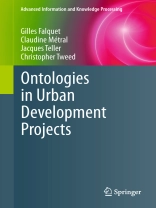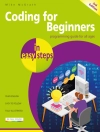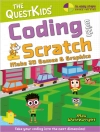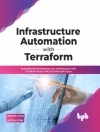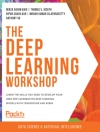Ontologies are increasingly recognized as essential tools in information science. Although the concepts are well understood theoretically , the practical implementation of ontologies remains challenging. In this book, researchers in computer science, information systems, ontology engineering, urban planning and design, civil and building engineering, and architecture present an interdisciplinary study of ontology engineering and its application in urban development projects. The first part of the book introduces the general notion of ontology, describing variations in abstraction level, coverage, and formality. It also discusses the use of ontologies to achieve interoperability, and to represent multiple points of view and multilingualism. This is illustrated with examples from the urban domain. The second part is specific to urban development. It covers spatial and geographical knowledge representation, the creation of urban ontologies from various knowledge sources, the interconnection of urban models and the interaction between standards and domain models. The third part presents case studies of the development of ontologies for urban mobility, urban morphological processes, road systems, and cultural heritage. Other cases report on the use of ontologies to solve urban development problems, in construction business models, building regulations and urban regeneration. It concludes with a discussion of key challenges for the future deployment of ontologies in this domain. This book bridges the gap between urban practitioners and computer scientists. As the essence of most urban projects lies in making connections between worldviews, ontology development has an important role to play, in promoting interoperability between data sources, both formal (urban databases, Building Integrated Models, Geographical Information Systems etc.) and less formal (thesauri, text records, web sources etc.). This volume offers a comprehensive introduction to ontology engineeringfor urban development. It is essential reading for practitioners and ontology designers working in urban development.
Daftar Isi
Introduction.-An Introduction to Ontologies and Ontology Engineering.-Ontologies for Interoperability.-Alignment and Viewpoints in Ontologies.-Ontologies and Multilingualism.-Part II : Ontologies in the Urban Domain.-Ontologies in the Geographic Information Sector.-Ontologies for Interconnecting Urban Models.-Call for LOD – Linking Scales and Providers through Digital Spatial Representations.-Ontology-Based Interoperability in Knowledge-Based Communication Systems.-Transformation of Urban Knowledge Sources to Ontologies.-Part III Case Studies.-Examples of Developing and Using Ontologies in Practice.-URMOPRO: An Example of an Urban Ontology for the Formalization of Morphological Processes.-OUR City Cohesion Policies: Practices of Ontologies For Urban Regeneration (OUR): The Case Of The Puglia Region.-An Ontology for Urban Mobility.-The Development of Thesauri by English Heritage.-Ontology and the Scottish Building Regulations.-Road System Ontology: Organisation and Feedback.-Impact of BIMs on Business Models in Construction Industry.-Lessons Learned and Current Challenges.
